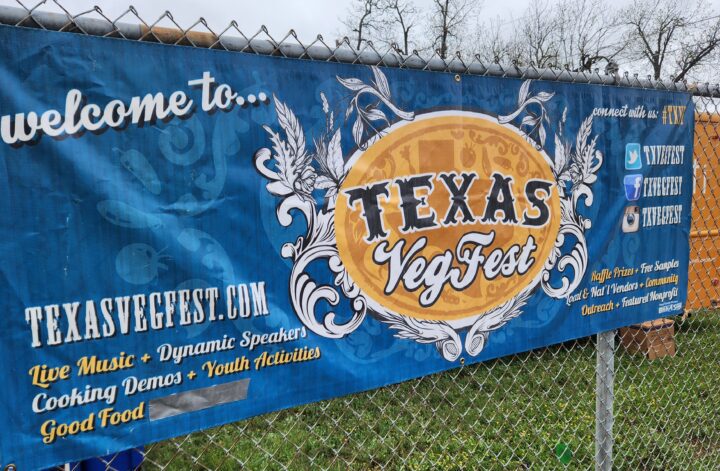When I attended the Disasters Expo USA + Resilient City Expo in Houston earlier in November, I expected to walk away with a better understanding of how communities prepare for and recover from natural disasters. What I didn’t expect was how many of the innovations showcased there could directly influence the infrastructure and design philosophy behind my Space Colony Glamping concept — a sustainability-driven, space-themed, eco-hospitality experience.
As I explored the exhibition floor, the overlap between disaster resilience technologies and off-grid hospitality systems became increasingly clear. The same products designed to support recovery and adaptability in the wake of climate challenges could easily be reimagined for immersive, sustainable tourism — the kind that teaches, inspires, and reconnects people to both the planet and the possibilities beyond it.
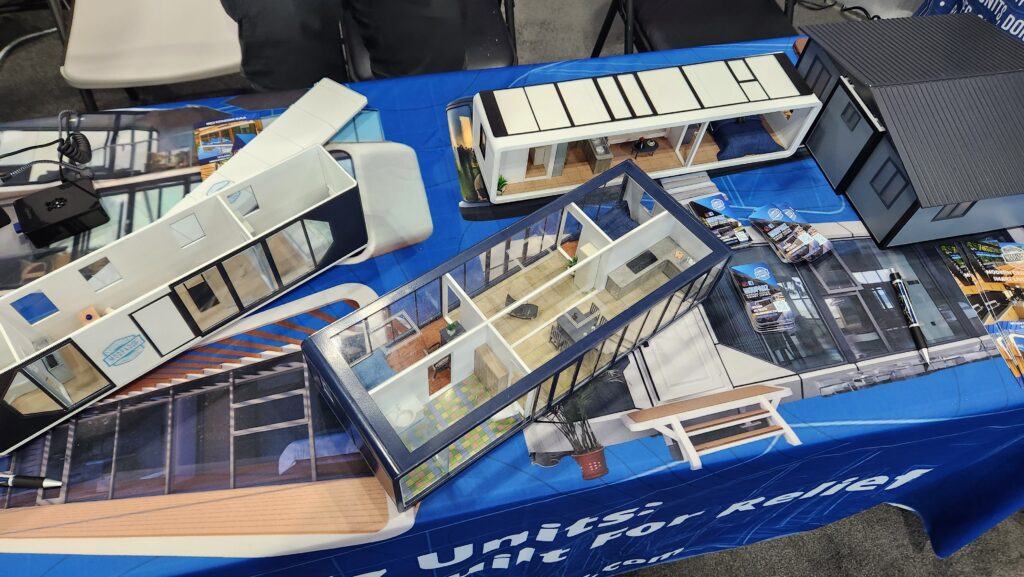
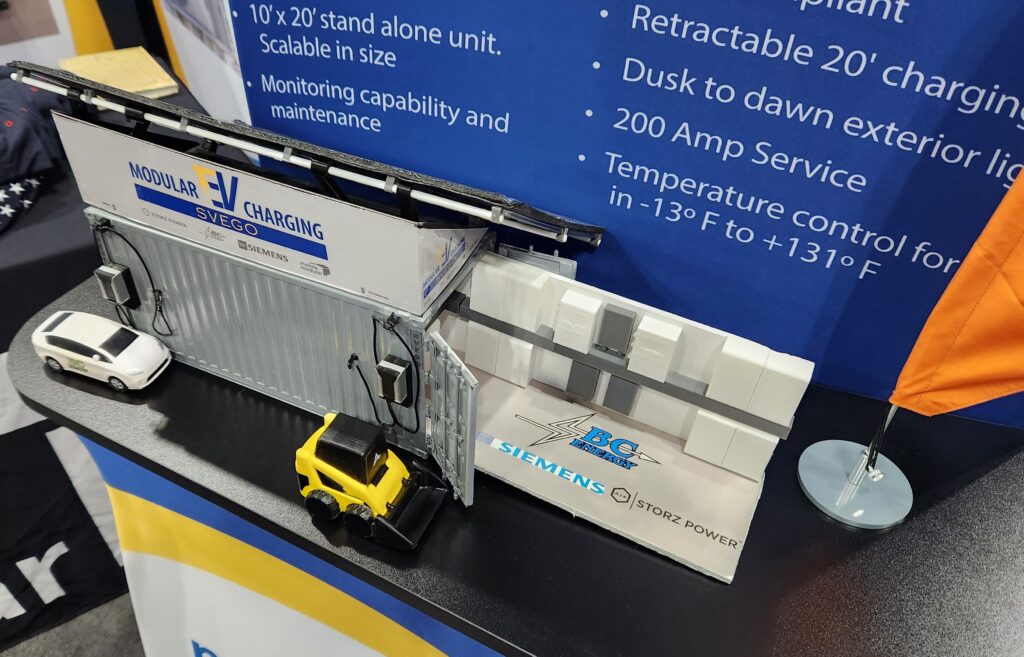
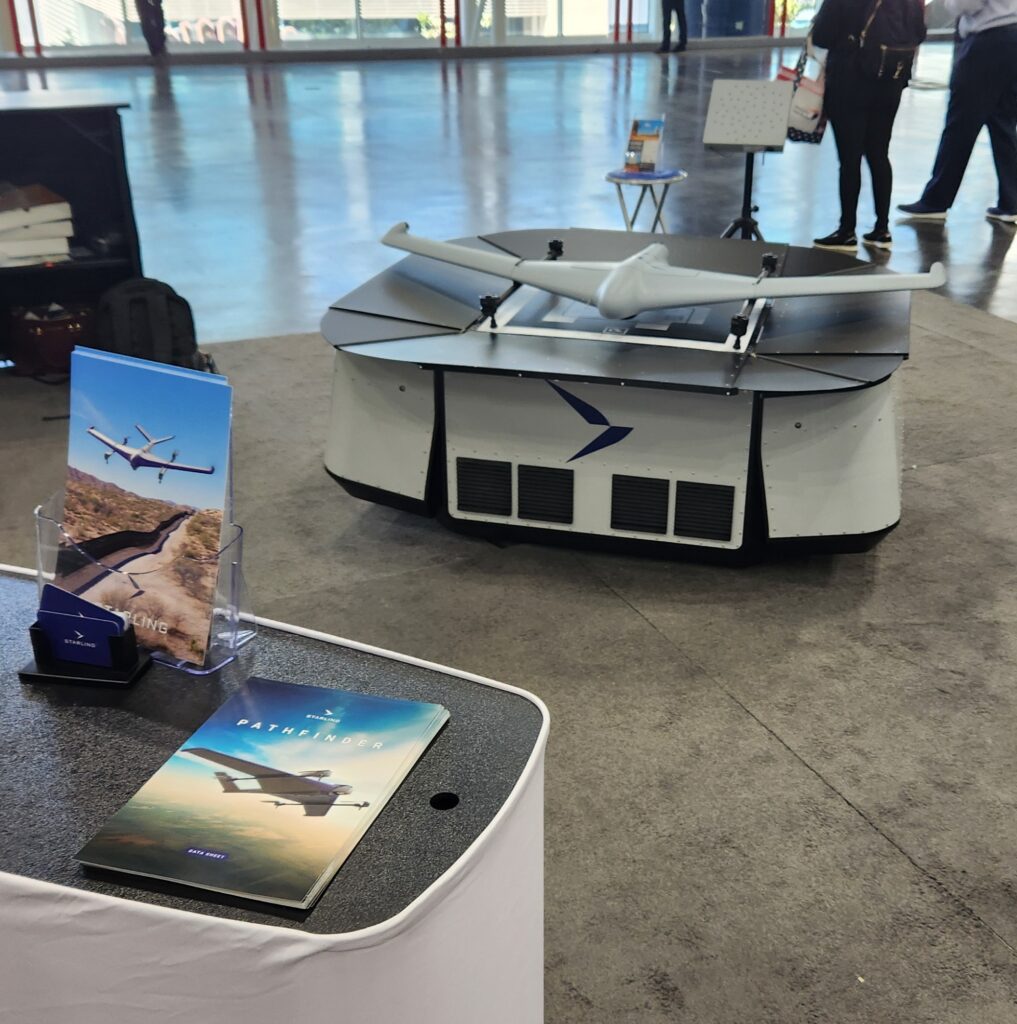
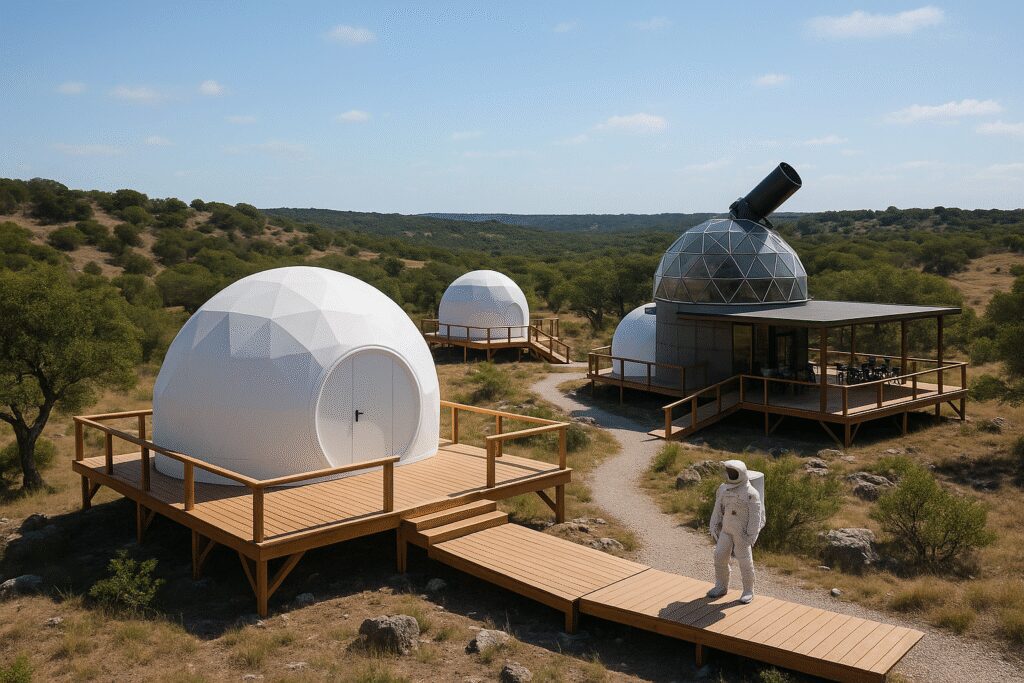

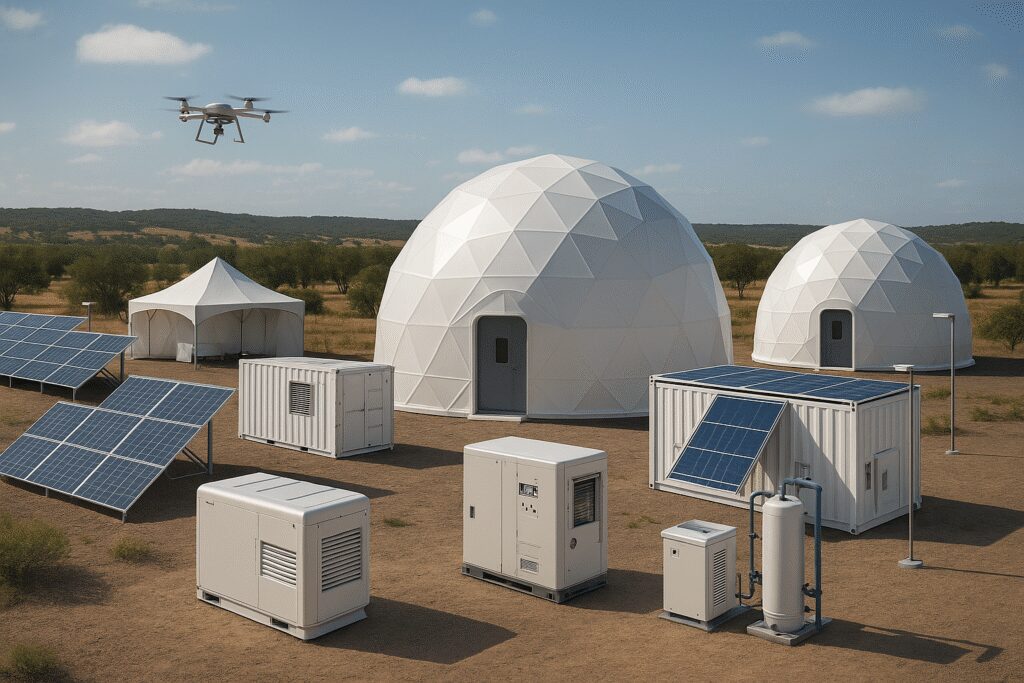
Temporary Housing as Immersive Habitat Design
One of the most fascinating takeaways from the event was the incredible range of temporary and modular housing solutions on display. Many of these were designed for rapid deployment in disaster zones — portable units, container homes, and modular workforce housing that could be built, transported, and assembled in a matter of days.
From a space glamping perspective, these same systems could serve as the foundation for off-grid accommodations and experiential learning spaces. The shipping container conversions (some built with integrated power systems, insulation, and modular furniture) could easily transform into futuristic guest pods or command-center classrooms for visitors participating in “astronaut-in-training” experiences.
The canvas-roofed pavilions and tarpaulin structures used in emergency relief setups also sparked ideas for flexible outdoor spaces, places where guests could gather for astronomy workshops, sustainability talks, or simulated space colony missions under a canopy of stars. What struck me most was how these designs balanced durability and adaptability, values that are essential both in crisis response and in creating a low-impact, regenerative hospitality environment.
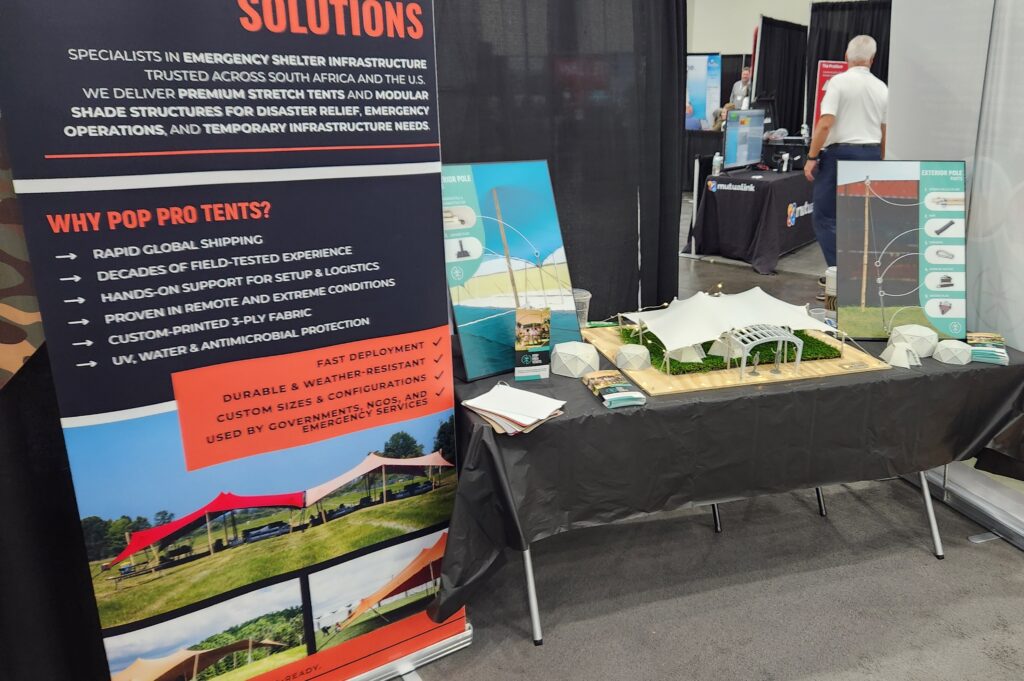
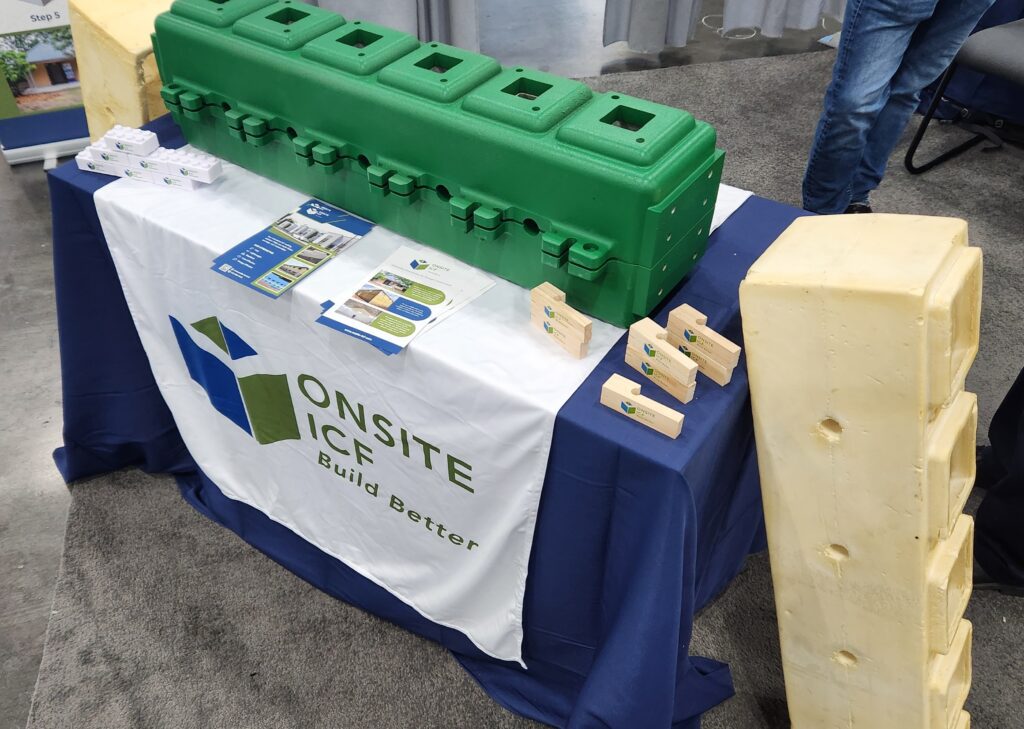



Energy Resilience Meets Experiential Power
Energy innovation was everywhere. Many booths showcased solar panels, portable batteries, or modular power systems designed to provide energy independence in off-grid or disaster conditions.
In a galactic hospitality context, these technologies are perfect for building a self-sustaining resort ecosystem — one that runs on clean energy and mirrors the principles of a space colony. Some modular units I saw had battery systems built directly into the housing structures, while others were container-sized battery banks capable of powering entire sites or vehicle fleets.
It’s easy to imagine a glamping site where each dome or module has its own micro-grid connection, where solar and battery systems power the accommodations, water purification systems, classrooms, and electric-vehicle charging stations. These power modules could even become part of the storytelling experience — guests learning about renewable energy and off-planet living by interacting with the very systems that sustain their stay.

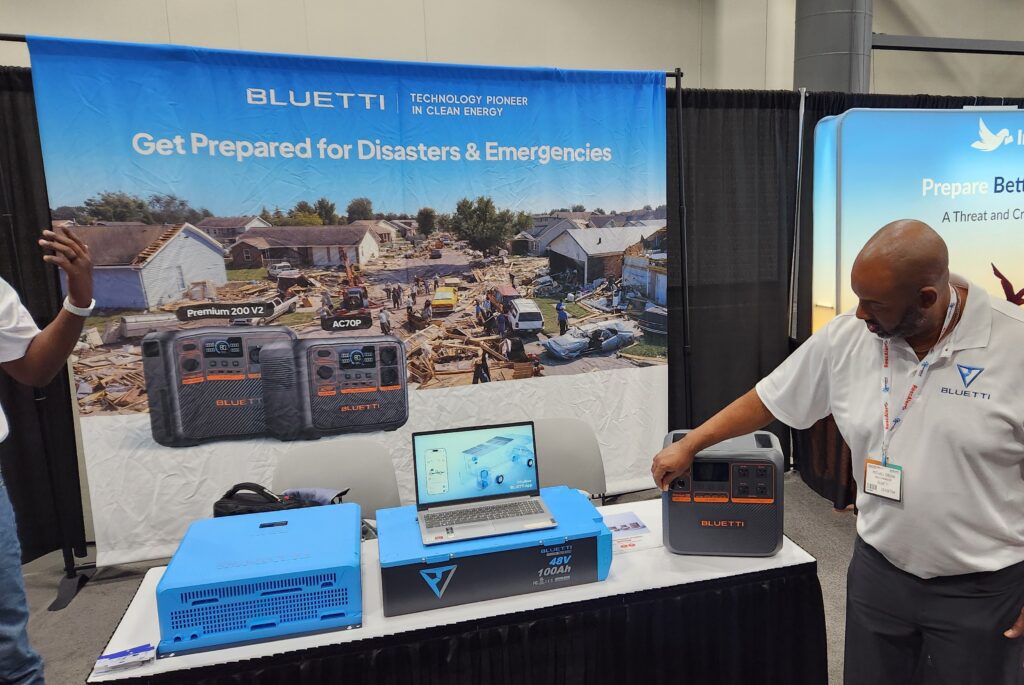
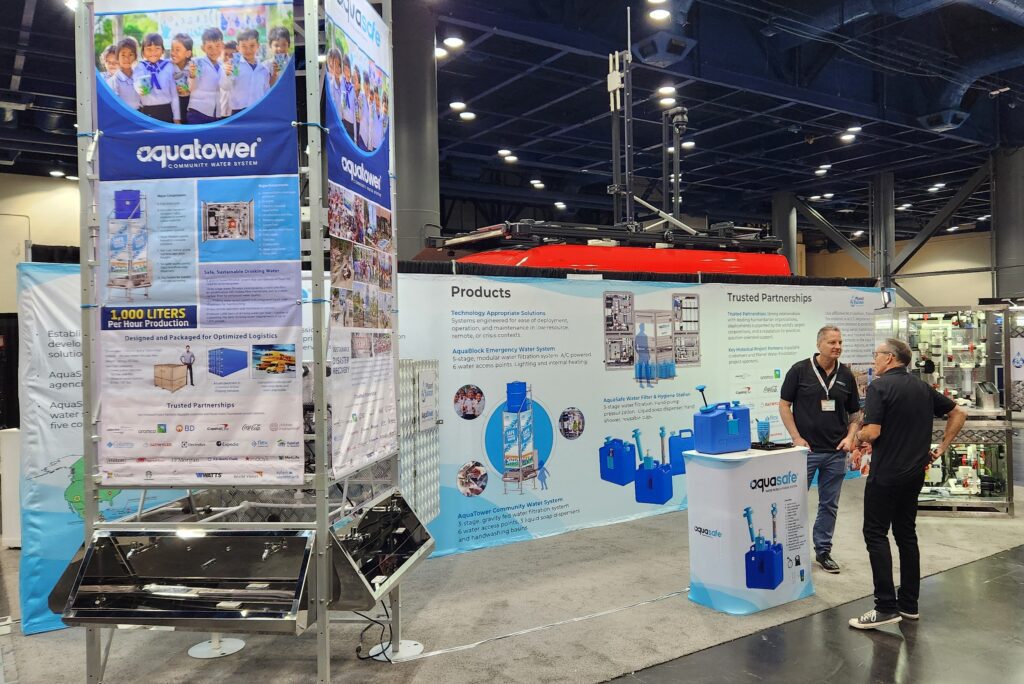
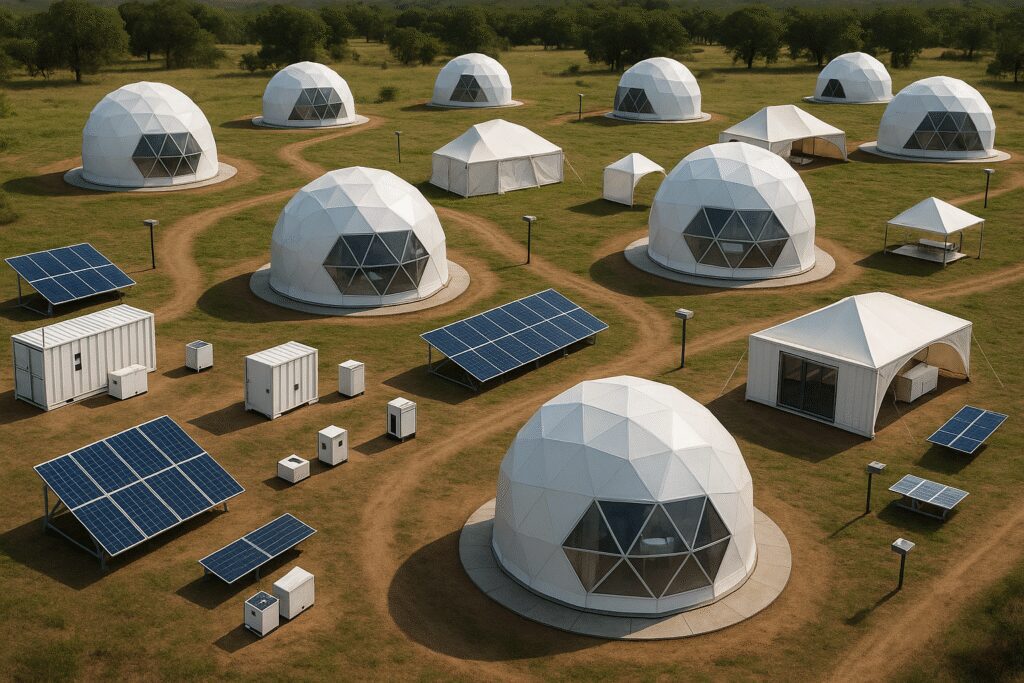
Drones: The Futuristic Link Between Tech and Tourism
The drone displays at the expo were a show in themselves — sleek, efficient, and capable of tasks ranging from aerial surveying to disaster reconnaissance. From a space-themed hospitality angle, drones open a world of creative possibilities.
Imagine drones doubling as educational tools for guests learning about atmospheric monitoring, topographic mapping, or planetary exploration. They could assist with site maintenance, environmental monitoring, or even deliver small supplies between domes for that added futuristic touch. In a narrative sense, drones become “rovers” — tangible symbols of how technology bridges exploration, safety, and sustainability.
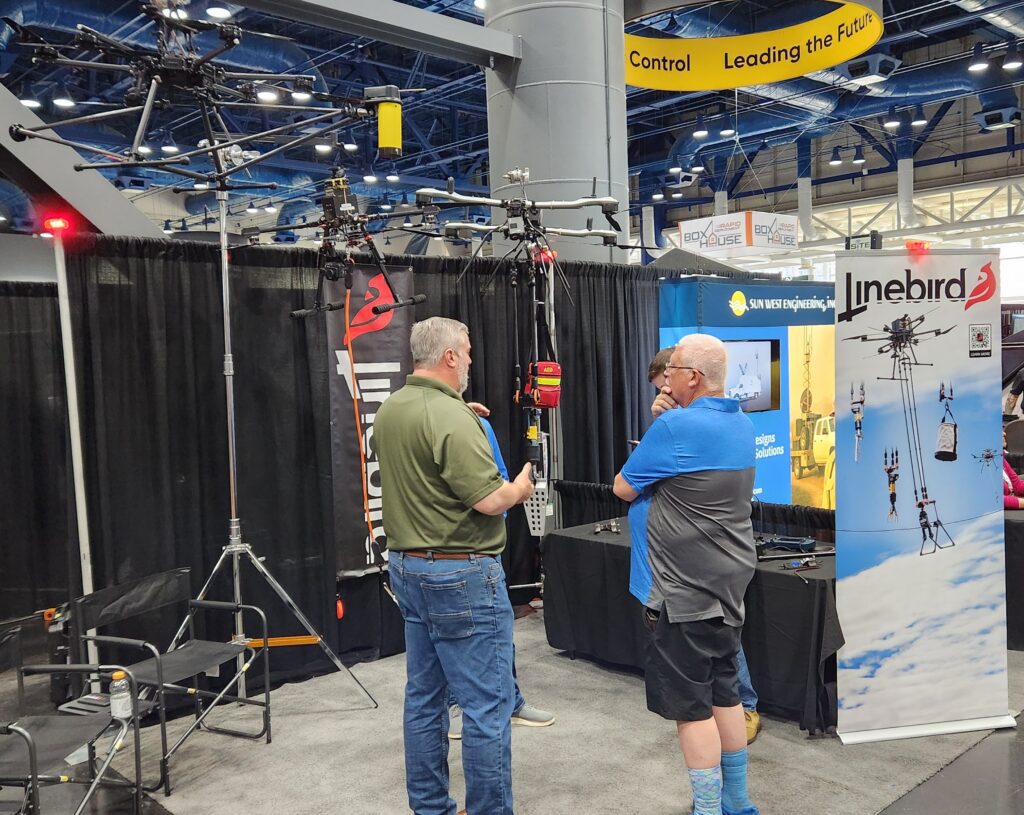
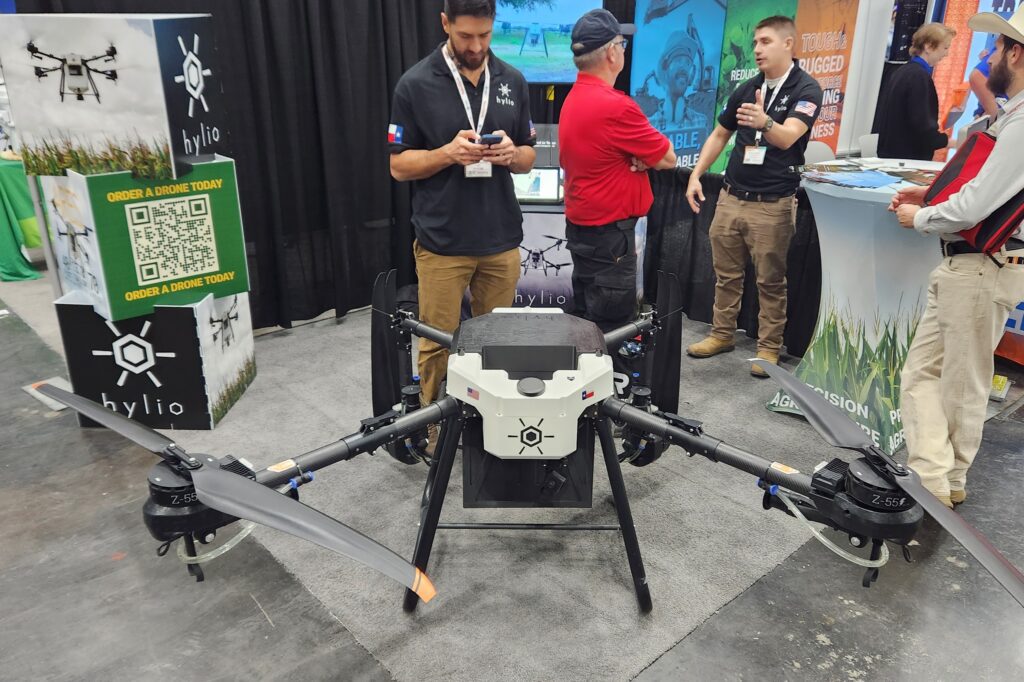

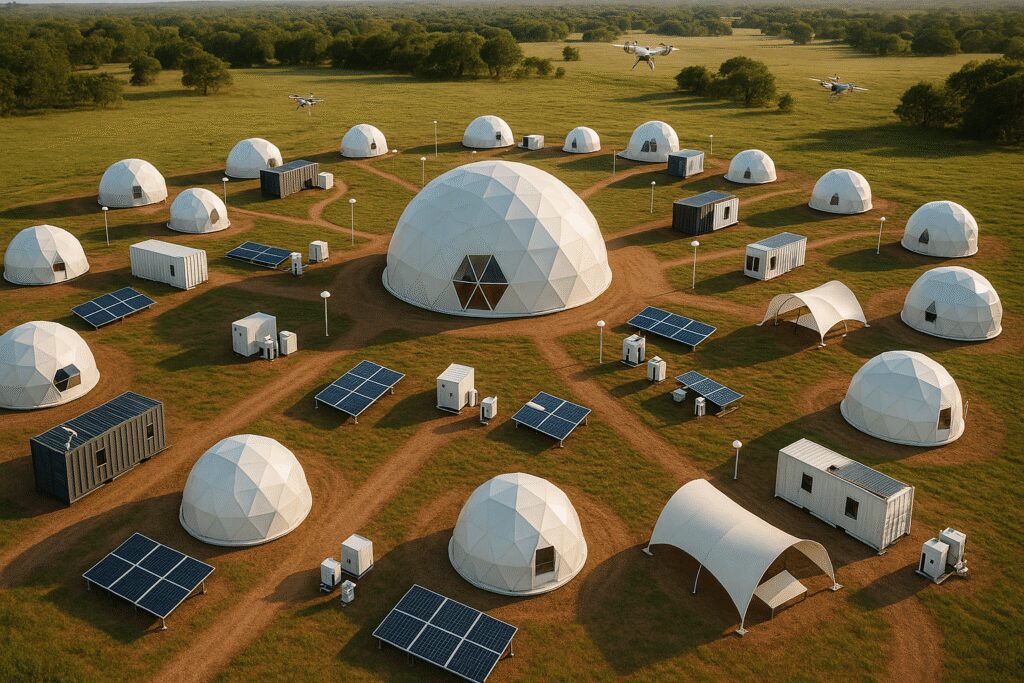
Water, Light, and Life Support Systems
Several vendors showcased water purification units, emergency lighting systems, and rapid-response infrastructure trailers that felt like prototypes for the kind of closed-loop systems envisioned in off-world habitats. These innovations, designed for disaster zones, have remarkable potential for sustainable hospitality.
For space-themed glamping, these could translate into water recycling modules that teach guests about circular resource use, or emergency lighting systems that become part of the nocturnal ambience — soft LED glows lining pathways like lunar outposts. The same purification technologies that sustain life in crisis zones can also model resilience and self-sufficiency for visitors, reinforcing the idea that sustainability isn’t just comfort, it’s survival.
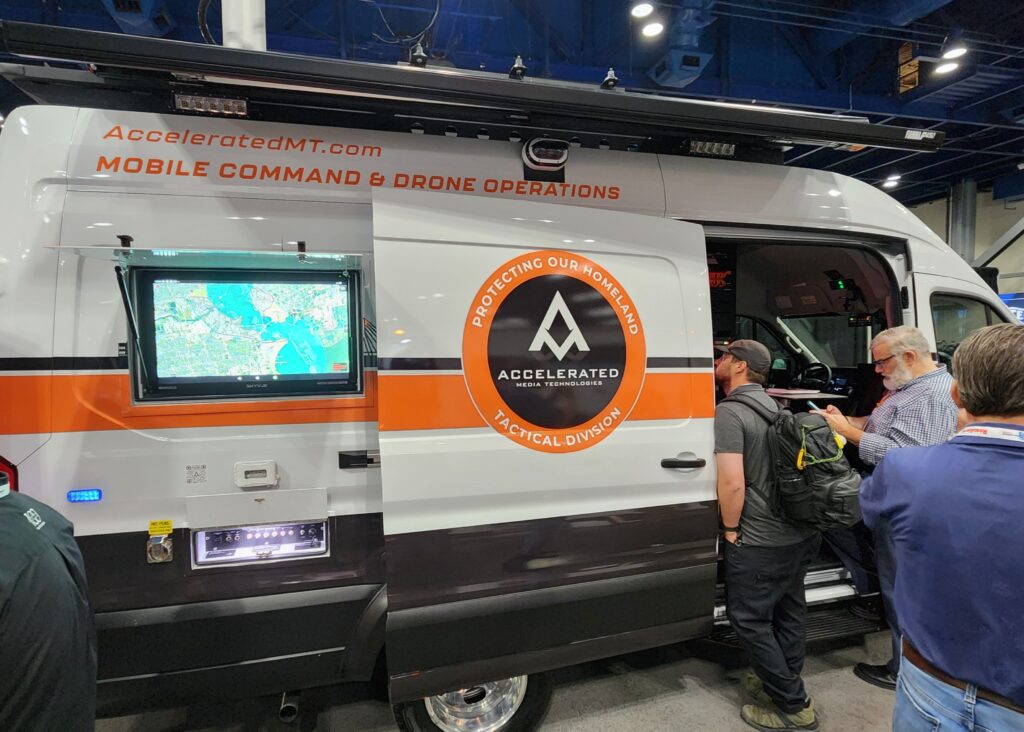
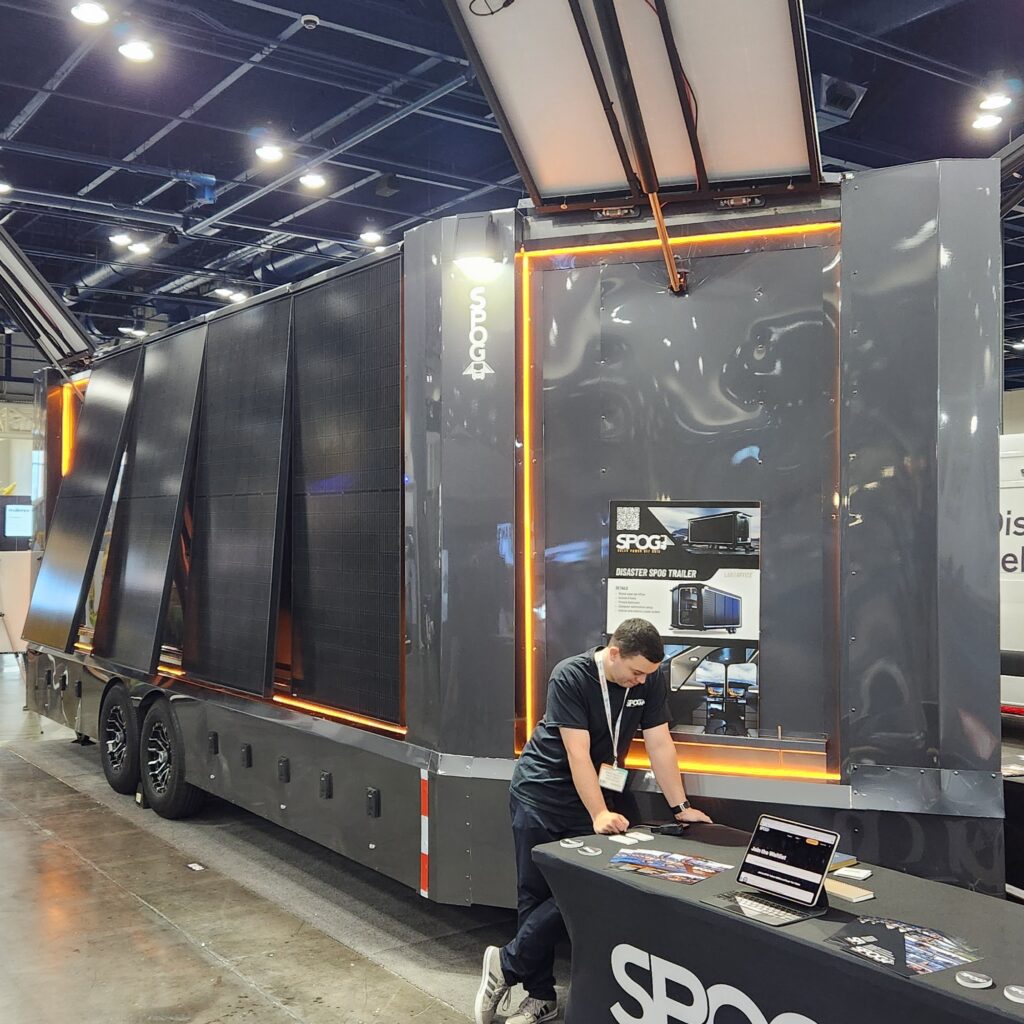

Reframing Resilience as Experience
What I loved most about walking through this expo was realizing that resilience design and experiential hospitality share the same DNA: both require foresight, adaptability, and innovation. Whether it’s powering an emergency shelter or an eco-resort, the ultimate goal is the same — to create systems that thrive independently and harmoniously with their environment.
The event’s abundance of solar solutions, modular architecture, and off-grid energy systems didn’t just spark ideas for infrastructure — it reinforced the conceptual mission to educate through immersion. Guests wouldn’t just stay in a themed dome; they’d experience the principles of resilience and sustainability in real time — living inside a microcosm of what sustainable living could look like on Earth, Mars, or beyond.




The Future Is Resilient — and Experiential
Leaving the expo, I felt a renewed sense of inspiration. The innovations designed to rebuild communities after disasters can also help us design the future of living — resilient, flexible, and self-sufficient environments that blur the line between necessity and imagination.
Space-themed glamping sits right at that intersection: a place where the technology of resilience becomes the architecture of adventure. From modular habitats and solar power stations to drones, purification systems, and immersive education classrooms, the event offered a glimpse of what’s possible when technology and creativity orbit the same idea.
What started as a disaster resilience expo ended up being an unexpected treasure trove of inspiration for the future of sustainable, space-inspired hospitality — one where every module, light, and solar panel tells a story about survival, ingenuity, and our shared path toward a more resilient planet.




